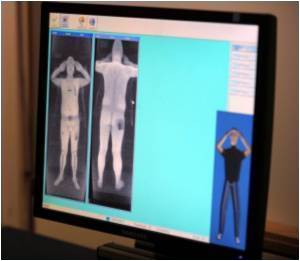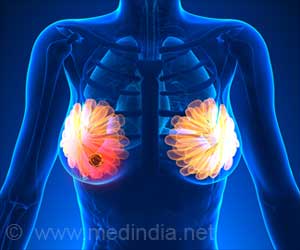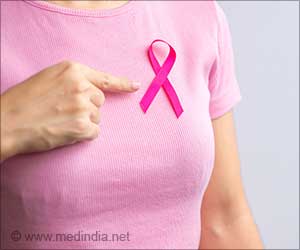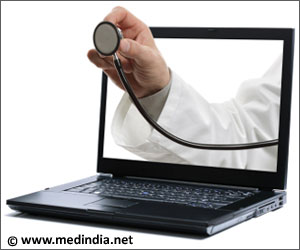A study in the April 28 issue of JAMA says that from 1999 through 2006 the use of diagnostic imaging for Medicare patients with cancer increased

Cancer-related expenditures are expected to increase faster than any other area of health care. "Emerging technologies, changing diagnostic and treatment patterns, and changes in Medicare reimbursement are contributing to increasing use of imaging in cancer," the authors write. "The types and costs of imaging, including costly new imaging modalities, among Medicare beneficiaries with cancer have not been examined previously."
Michaela A. Dinan, B.S., of the Duke Clinical Research Institute, Durham, N.C., and colleagues examined changes in the use and costs of imaging and how these changes have influenced the cost of cancer care. The study included an analysis of a nationally representative 5 percent sample of claims from the U.S. Centers for Medicare & Medicaid Services. From 1999 through 2006, there were 100,954 new cases of breast cancer, colorectal cancer, leu¬kemia, lung cancer, non-Hodgkin lymphoma, and prostate cancer.
The researchers found that in each subset of cancer type, the number of positron emission tomography (PET) scans per beneficiary increased at an average annual rate of 35.9 percent to 53.6 percent. "Patients with lung cancer or lymphoma had the largest increase in PET use, accompanied by an overall reduction of conventional nuclear medicine imaging tests in both cancer types and stabilized computed tomography [CT] in the lymphoma group. Increases also occurred in the use of bone density scans (6.3 percent - 20.0 percent), echocardiograms (5.0 percent - 7.8 percent), magnetic resonance imaging (4.4 percent - 11.5 percent), and ultrasound (0.7 percent - 7.4 percent). Use of CT increased in all cancer subgroups (4.5 percent - 7.6 percent) except lymphoma," the authors write.
Use of conventional radiographs decreased or stayed the same in each cancer subgroup but remained the most heavily used imaging modality for all diagnoses, at an average of 4.3 to 12.2 procedures per patient.
The authors also found that for all cancer types, average 2-year imaging costs per beneficiary increased between 5.1 percent and 10.3 percent per year, at least double the rate of increase in overall costs (the cost of cancer care increased 1.8 percent to 4.6 percent per year). Imaging costs for all cancers studied also accounted for a larger percentage of total costs in the 2006 group than in all previous years.
RAS
 MEDINDIA
MEDINDIA




 Email
Email










